Comparing Final Fantasy 7 Remake's Summons to Final Fantasy 15's
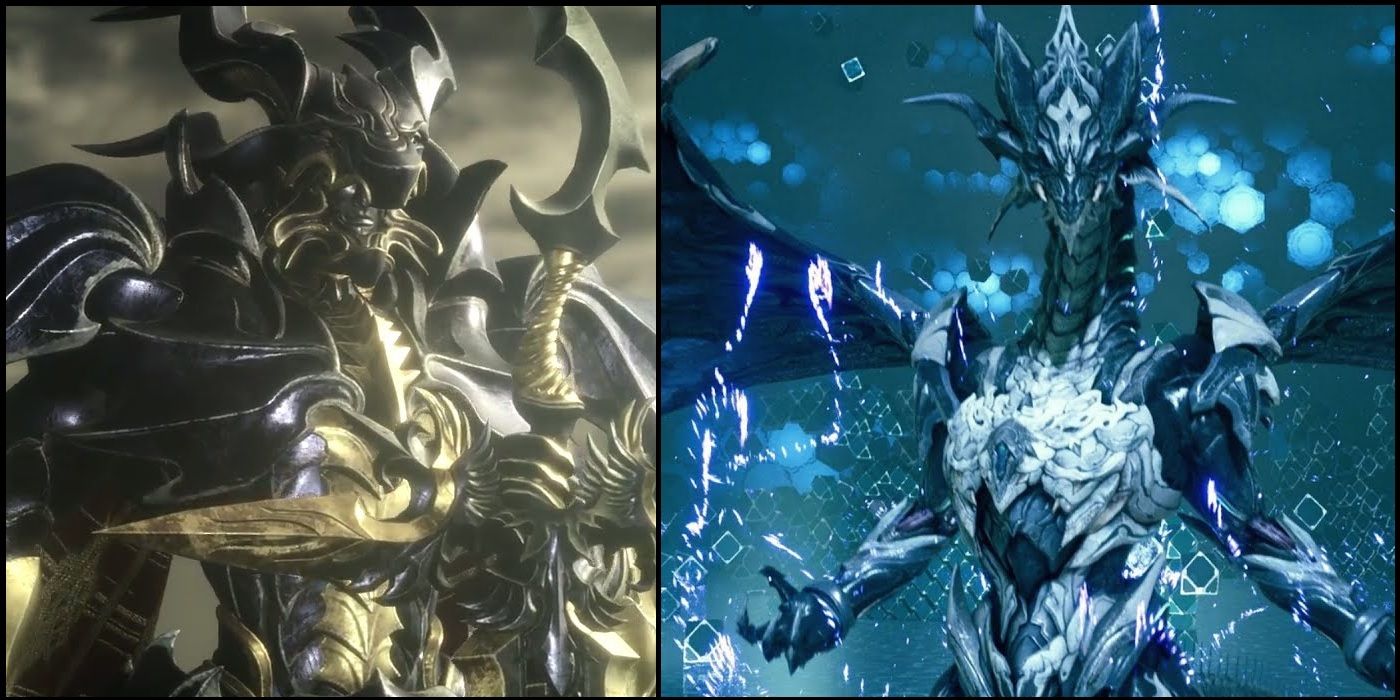
Summons have been a key feature in Final Fantasy titles since the series' third installment, and have evolved both in plot significance and FF lore as well as effect within battle. This has culminated in some fairly impressive summons in both Final Fantasy 7 Remake and Final Fantasy 15, but both show different levels of the evolution of the feature, made all the more obvious by how much they compare to each other.
Comparing Final Fantasy 15's Six with Final Fantasy 7 Remake's Summon Materia brings back a few of the wilder Final Fantasy fan theories, thanks in part to how closely they compare. However, to understand the comparisons between the summons better, it'll take a quick look back at how they first appeared in the series.
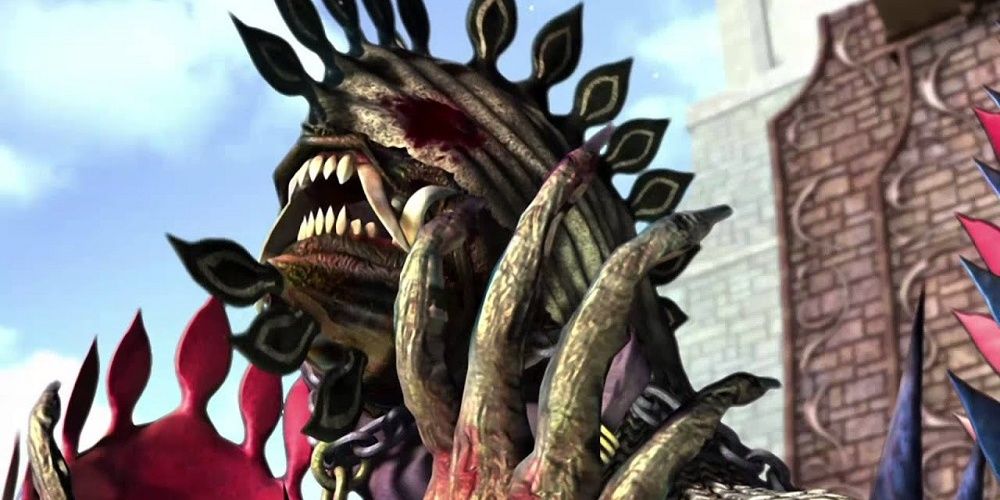
In their very first appearance in Final Fantasy 3, summons were little more than powerful spells that would appear, deal massive damage, then immediately leave. This didn't change much until Final Fantasy 10 broke that mold by having summons appear as controllable characters that would replace the party, often used to soak up damage from powerful attacks or deliver their own devastating attacks on enemies. Since then, the general leaning is for summons to take a more active role in combat, supplying players with advantages in combat for a specific amount of time before leaving, with the exception of Final Fantasy 15 that leaned more towards the original use.
As far the lore significance of summons goes, however, that changed almost immediately after they were introduced, starting with the Eidolons in Final Fantasy 4. However, it's likely Final Fantasy 6 and 10 that have allowed summons to have the largest impact with the Espers and Aeons becoming each game's primary focus respectively. Since then, they more often then not have appeared as cameos, bosses, and gameplay features, as opposed to holding any relevant lore significance.
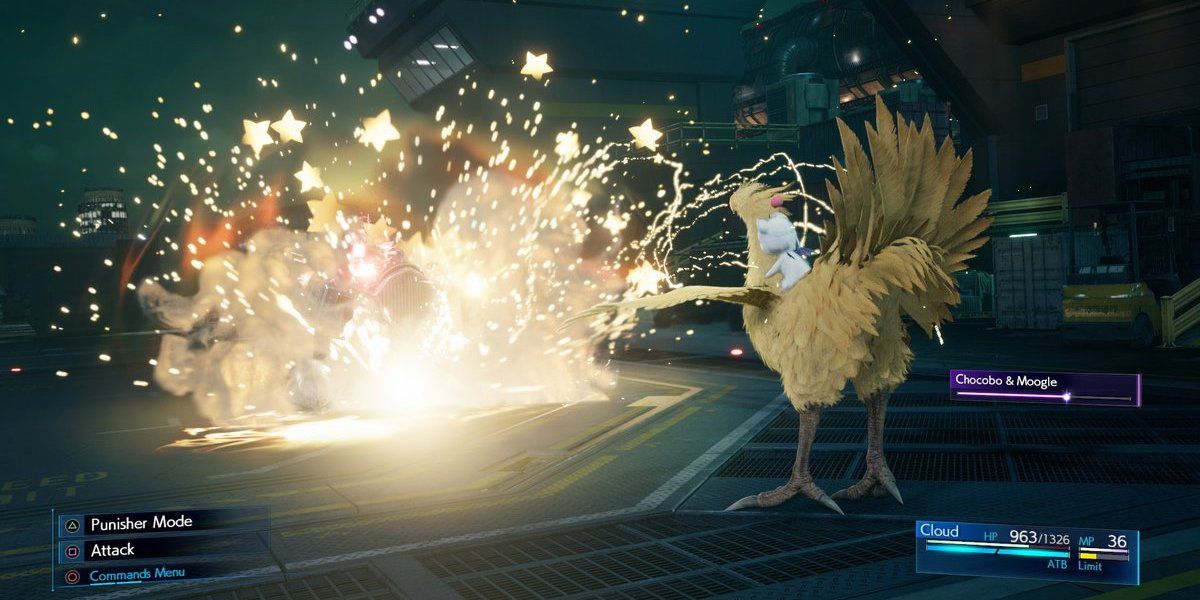
So, looking to the original Final Fantasy 7's red materia, these were significantly less important to the story than they had become in previous and following installments of the series. With some given to players for various reasons, like winning a chocobo race or literally finding it just sitting on the ground, there's a lot less ceremony to them. Final Fantasy 7 Remake changed this quite a bit, by having summon materia generally being a reward for completing missions for Chadley, eventually leading to earning the Bahamut materia from him, among others.
Similarly to the change in how summons are acquired, Final Fantasy 7 Remake also changed how they act, by having summons appear on the field for a set amount of time and attacking enemies. This is more on par with how summons worked in Final Fantasy 13, where the player didn't have much imput on their actions as they appeared. Both the technical mechanic and the way they are obtained are the end of the differences with Final Fantasy 15's summons, because looking at which spirits are called in both games sets up massive links between the two games.
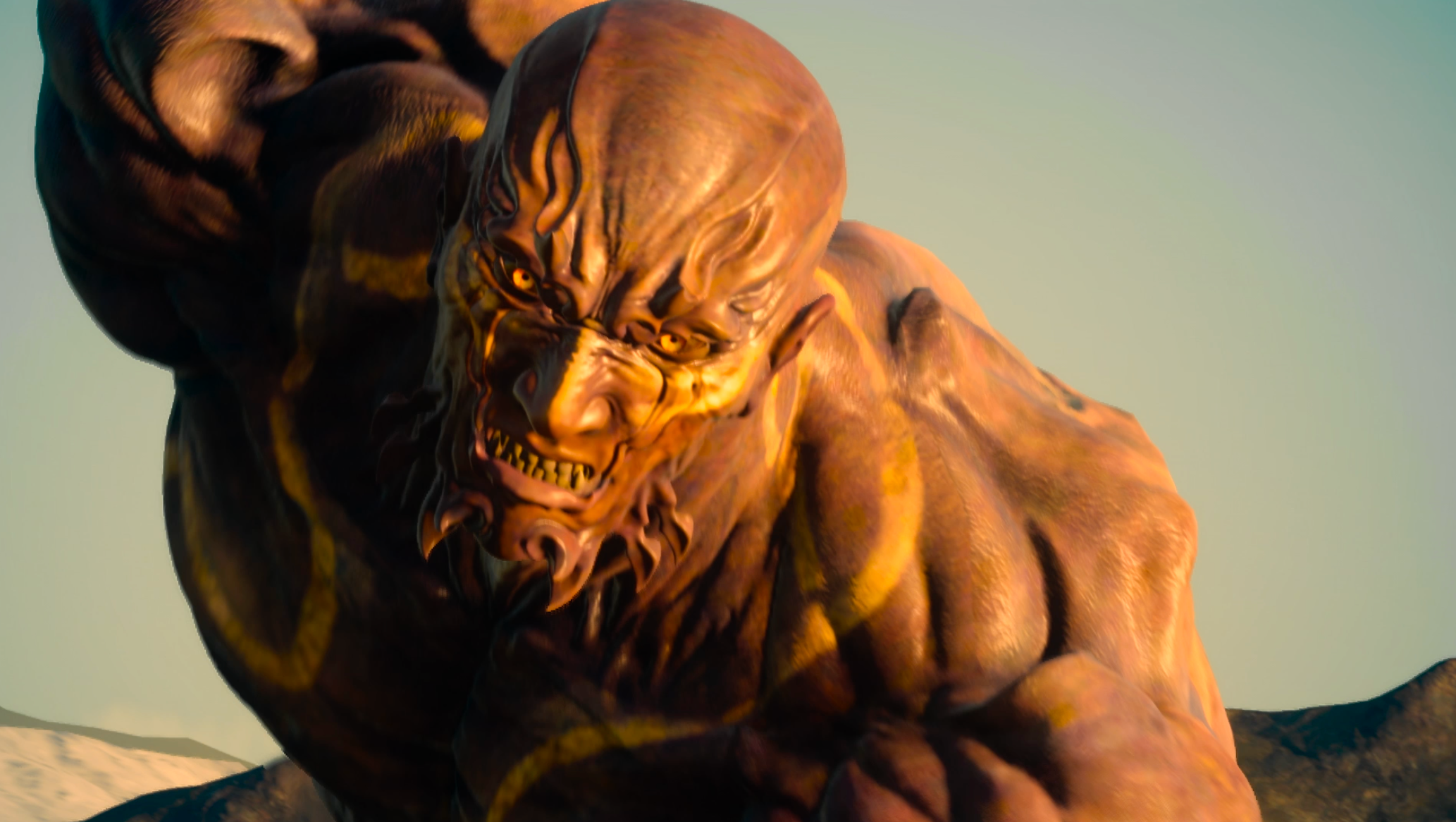
Summons in Final Fantasy 15 are referred to as The Six, six deities who watch over the world and in ancient times sided with the kings of Lucis in order to rid the world of the Starscourge brought on by one of their own, Ifrit. The Six are comprised of six familiar names that players who have played other Final Fantasy's were sure to recognize, including Ifrit, Shiva, Leviathan, Titan, Ramuh, and Bahamut. While Ramuh and Titan don't appear in the Final Fantasy 7 Remake, these all appear in the original Final Fantasy 7.
However, the connections go farther than a handful of summons being the same between the two games, especially considering the original Final Fantasy 7 had almost three times as many summons as Final Fantasy 15. In fact, there is a secret summon that only appears on easy mode in Final Fantasy 15 that doesn't appear in any of the titles that fans theorize connect to Final Fantasy 7, and that's Carbuncle. Similarly, the appearance of Bahamut sets up some of the key differences between the summons in Final Fantasy 15 and Final Fantasy 7.
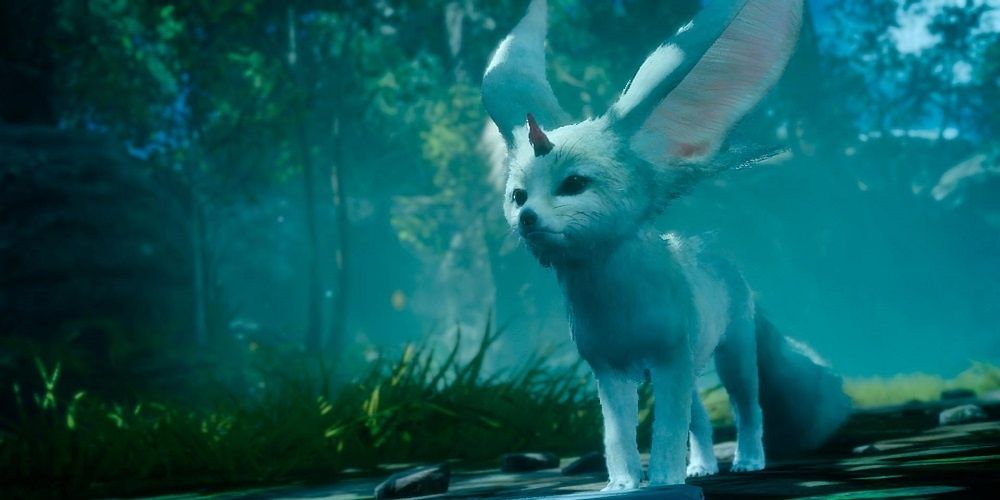
Bahamut is one of the strongest flaws in the connection between Final Fantasy 7 and 15, due in no small part to the character's appearance in the latter. Usually depicted as a dragon and one of the most powerful summons available in every game that he appears in, Final Fantasy 15's Bahamut breaks the mold by having him represented by a knight wearing dragon themed armor, not unlike Dragoons in older titles. Naturally, Final Fantasy 7 Remake uses the original dragon form, with the design feeling reminiscent of Bahamut Zero from the title's original version of the summons.
Additionally, having Carbuncle appear in Final Fantasy 15, not only as a rare summon, but also as a sort of spiritual guide to Noctis, severs the similarities between the two games and their protagonists. The little green pet with a ruby embedded into its head never made an appearance in Final Fantasy 7 or 10, which some theorize are connected to each other and Final Fantasy 15. At least, this was the case before some pre-order DLC changed the list of available summons in Final Fantasy 7 Remake, lending more credence to the connected world theory.
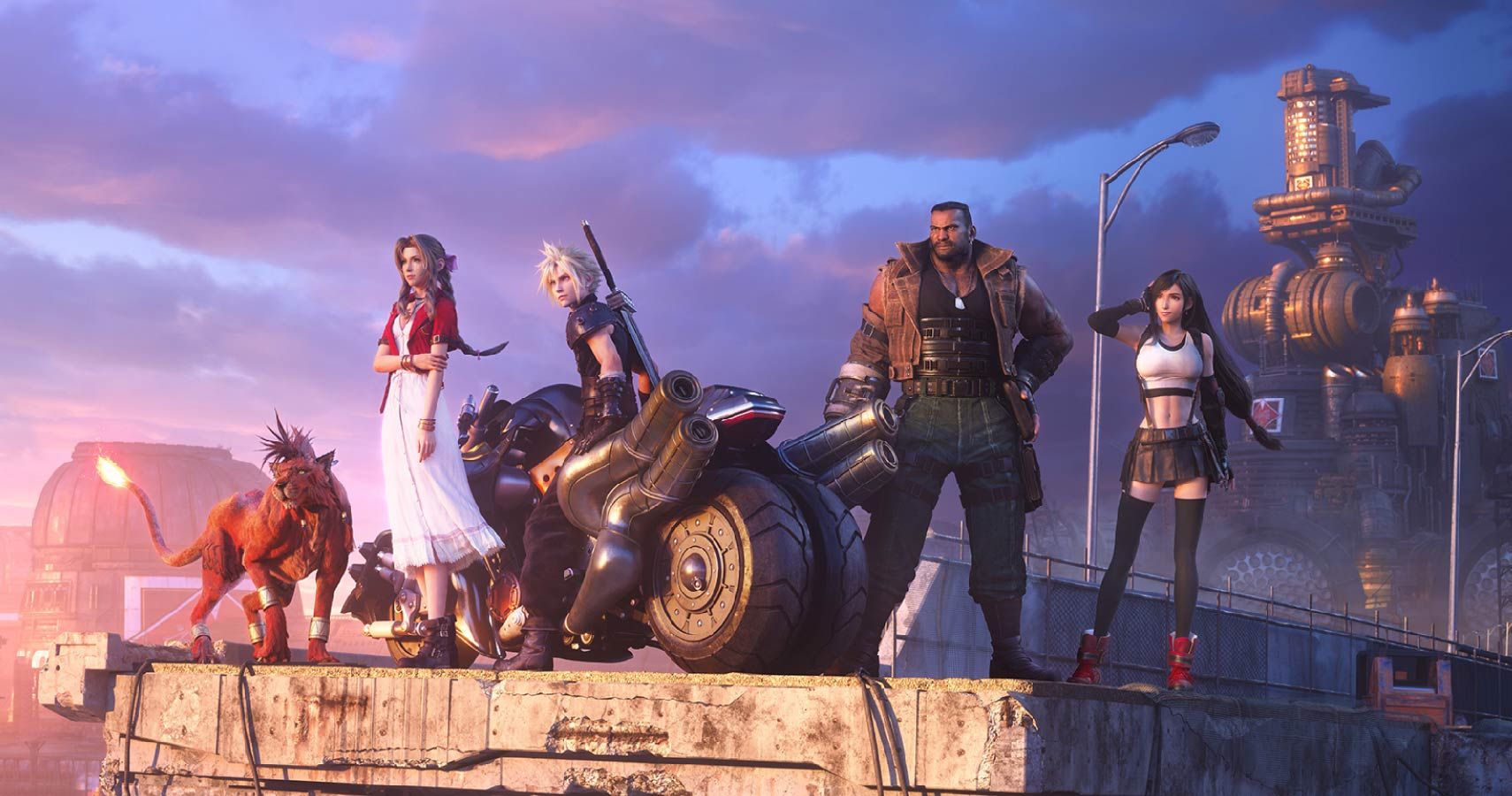
The similarities between these summons in Final Fantasy 7 and 15 are one of the dozens of lines that can be drawn to connect the two worlds. While most fans tend to reject these theories, there are a ton of similarities between Eos and Gaia that could lead fans to the conclusion that at least these two games are connected in some way. Of course there are holes in the theory, like Bahamut's human form, which cuts right through the wall of connected red strings, and it's likely that Square-Enix never intended to connect the games.
That being said, with Bahamut having multiple forms in Final Fantasy 7, and Knights of the Round having a heavy roll at the end of Final Fantasy 15, there's room to draw these connections. In fact, when Final Fantasy 7 Remake's next few episodes release and the game attempts to tackle Knights of the Round, players might be given more than one reference to the latest game in the series. With all the changes already in Midgar and the rest of the original story, it's entirely possible that the remake will be doubling down on those similarities moving forward.
Final Fantasy 7 Remake is available now one PS4.

Post a Comment